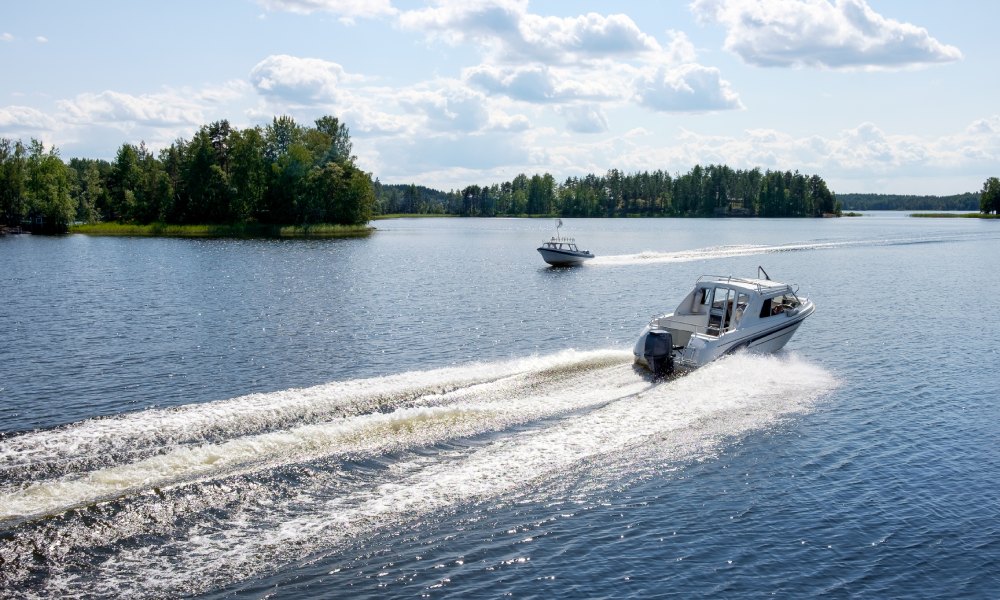Owning a boat can be an exhilarating experience, but operating your vessel like a seasoned pro takes skill, preparation, and knowledge. Whether you’re a first-time owner or brushing up on your expertise, learn how to navigate the waters in your boat like a pro with these tips.
Understanding Boating Basics
Before you hit the water, make sure you’re familiar with boating essentials. Learn the parts of your boat, how it operates, and the key navigational tools on board.
Another critical step is ensuring you meet legal requirements, such as getting a boating license in Texas or other states. This is not just about obeying the law; it’s also about gaining the foundational knowledge needed for safe and effective boating. The time spent learning the basics will result in confidence and safety when you’re on the water.
Planning Your Route
Even seasoned boaters rely on a well-thought-out plan. Plot your route ahead of time using maps or GPS systems to identify landmarks, shallow areas, and potential hazards.
Check weather conditions before heading out, as rough waters or sudden storms could make your ride dangerous. Having a backup plan for emergencies is always wise.
Reading Water Conditions
Waves, currents, and tidal changes will influence your boat’s performance. For example, when you’re approaching waves, reduce the speed and position your boat at an angle to absorb the impact more smoothly.
Pay attention to water patterns as well. Ripples could indicate underwater obstacles, while glassy surfaces near channels might mean faster currents. The more you practice observing, the better you’ll get at reading the water.
Docking and Anchoring
Docking can be intimidating, but steady control is the key to doing it right. Approach the dock slowly, keeping your boat aligned with any wind or current pulling against you. Use short bursts of throttle instead of prolonged acceleration for precision.
When anchoring, select a spot with adequate depth, and drop the anchor while reversing gently to set it firmly. A properly anchored boat stays put and gives you peace of mind.
Safety and Preparedness
Always carry essential safety gear, including life jackets, a first aid kit, and a functioning radio. Teaching your passengers basic safety protocols is a great idea, ensuring everyone knows what to do in case of an emergency.
Don’t underestimate the importance of reducing marine life disturbances. Be mindful of speed limits near habitats, and steer clear of protected areas. Boating responsibly ensures a safe and enjoyable experience for everyone.
Learning how to navigate the waters in your boat like a pro is both a skill and an art. When you combine careful preparation, an understanding of water conditions, and a commitment to safety, you’re setting yourself up for countless great days on the water.


